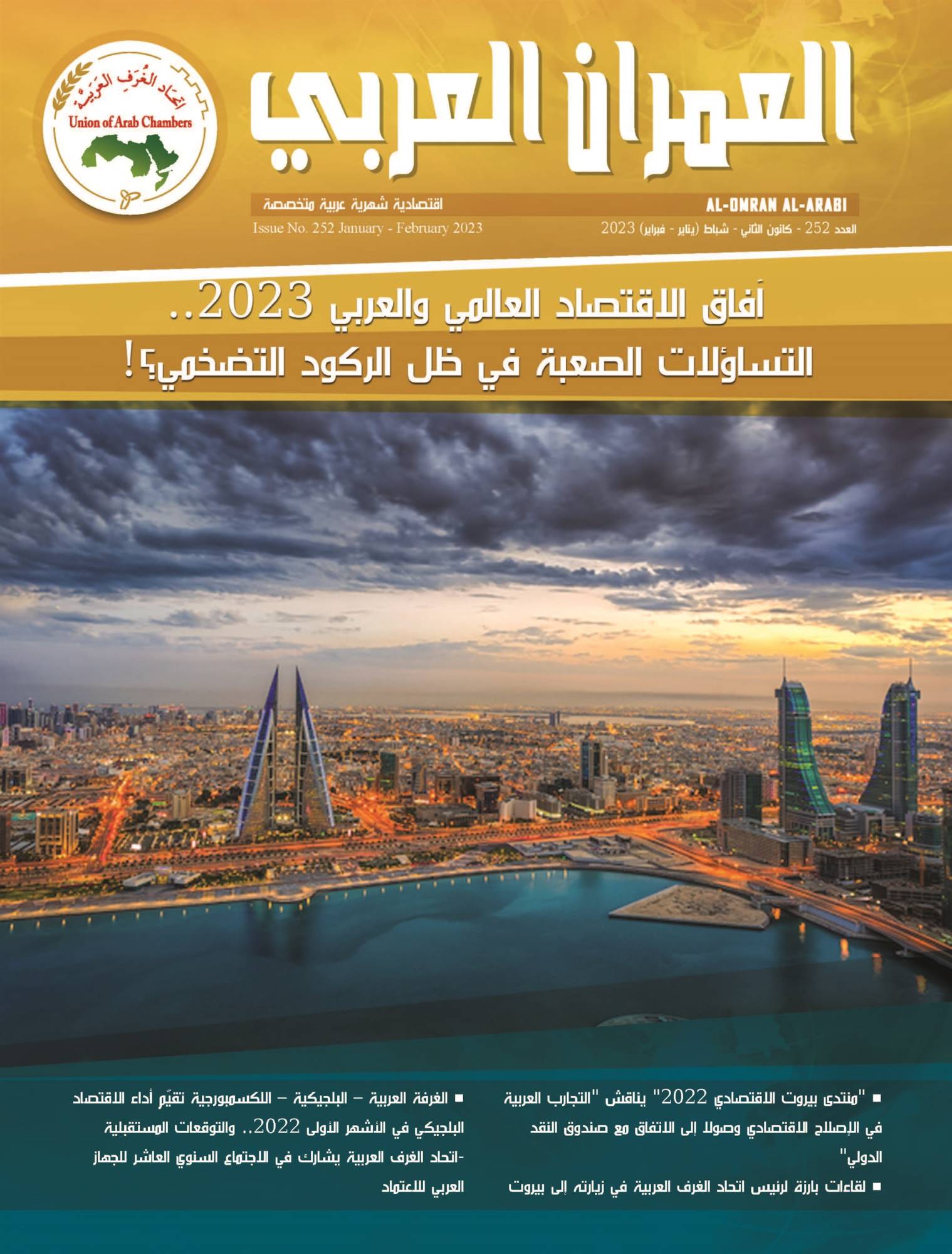
Arab countries.. Confronting Economic Risks with Innovation
Over the past few decades, the Arab world has made tremendous progress and played a truly leading role globally. But despite the successes, the region, like many other parts of the world, is facing enormous challenges as we face numerous crises. Here I would like to focus on one of the most pressing regional issues: how to strengthen the resilience of public resources to protect our people, economies, and climate.
Globally, global growth remains weak, but it may be at a turning point for now. After rising 3.4 percent last year, we see growth slowing to 2.9 percent in 2023, marking a slight improvement in 2024, reaching 3.1 percent.
These indicators reported by the International Monetary Fund, while less gloomy compared to October, still point to declining growth, and fighting inflation remains a priority in 2023.
On the positive side, the world is currently expected to witness a decline in inflation from 8.8 percent in 2022 to 6.6 percent this year, and 4.3 percent in 2024. However, it will still exceed pre-pandemic levels in most countries. China's reopening, solid labor markets, and consumer spending in the United States and the European Union are helpful factors.
While the picture looks promising, negative developments remain the preponderant balance of risk. China's recovery could be disrupted. Inflation may continue to exceed expectations, necessitating further monetary tightening that could lead to sudden requotes in financial markets. Russia's war in Ukraine may escalate, leaving a more fragmented global economy.
As the global economy slows, growth in the MENA region is also expected to slow from 5.4 percent in 2022 to 3.2 percent this year, before rising to 3.5 percent in 2024. Production cuts under the OPEC+ agreement in oil-exporting countries could lead to a decline in overall oil revenues.
Challenges will continue in oil-importing countries. Public debt is a major concern, with several economies in the region facing high debt-to-GDP ratios, which are close to 90 percent in some economies.
For the fourth consecutive year, inflation in the region is expected to exceed 10 percent. This is above the global average. In emerging markets and low-income economies in the region, this reflects the spillover implications of higher food prices and, in some cases, exchange rate depreciation. According to expectations, inflation will gradually ease as commodity prices stabilize and the desired effect of tightening monetary and fiscal policy is realized. We expect GCC countries to continue to contain inflation.
There are several risks to worry about in the region as well. Russia's war in Ukraine and climate disasters could exacerbate food deficits in the most vulnerable countries. Added to this is the chronic rise in unemployment, especially among young people, which puts us at enormous risk to social stability.
But amid all this, further tightening of global or domestic financial conditions could lead to higher borrowing costs and, in some cases, a lack of funding. The delay of urgent domestic reforms would impose a burden on regional prospects and government resources, as the development of societies and the building of civilizations are based mainly on an effective and diversified innovation sector, and that comprehensive developmental, economic, and industrial leaps with a clear and sustainable impact cannot be achieved without providing the enabling structure and environment.
